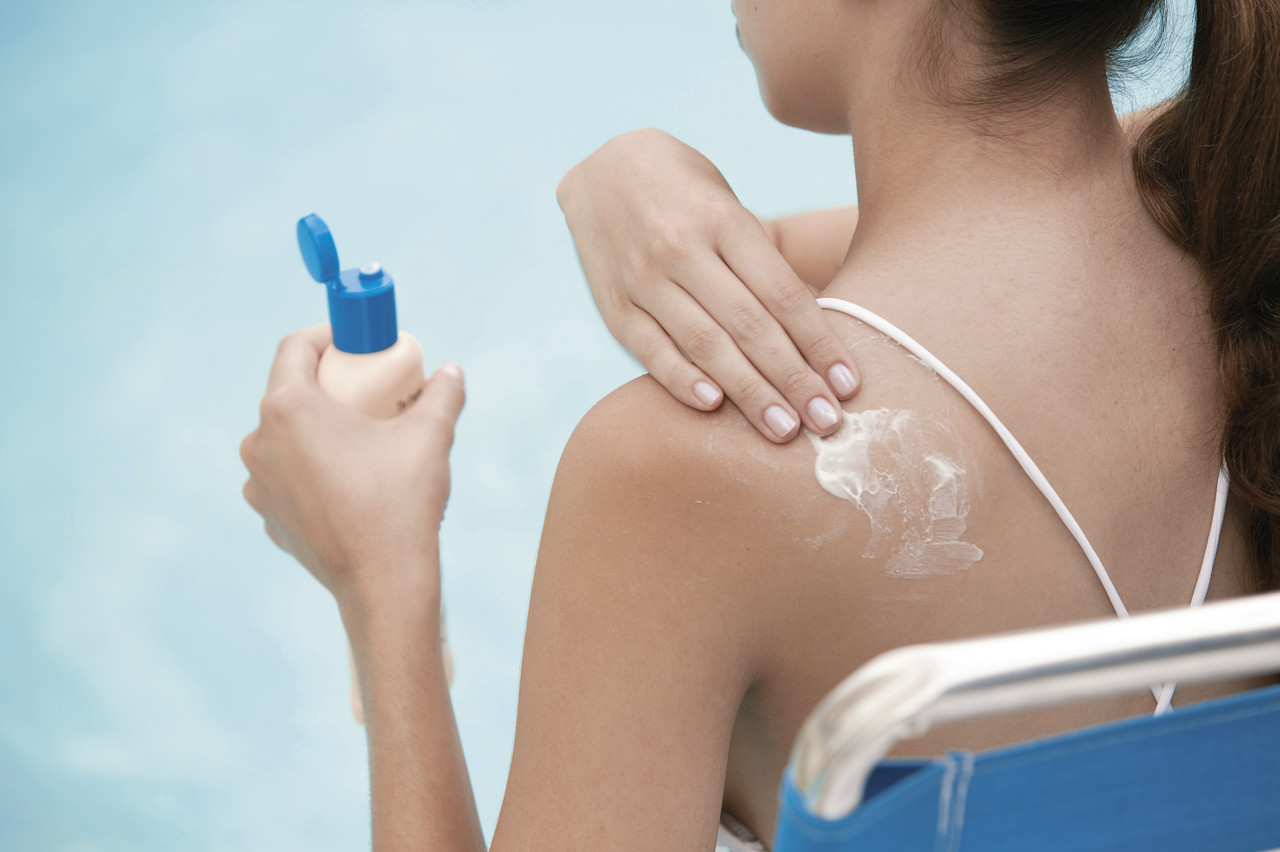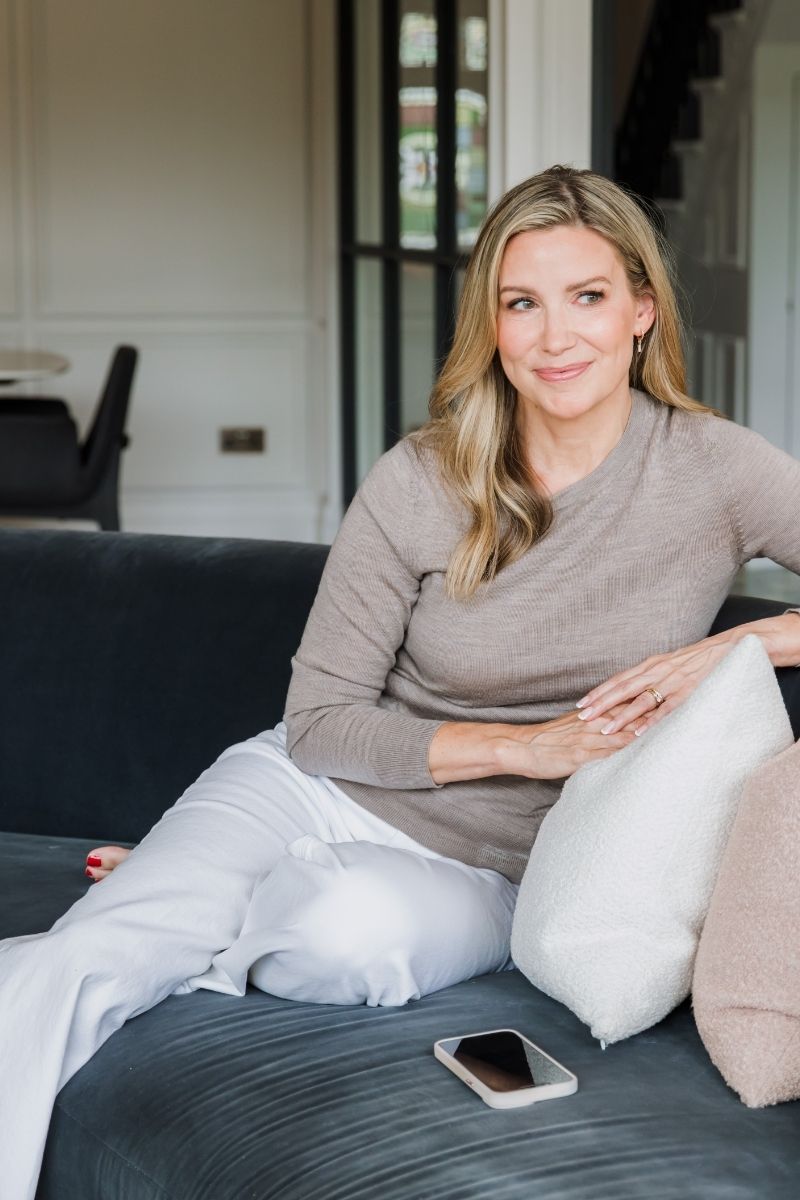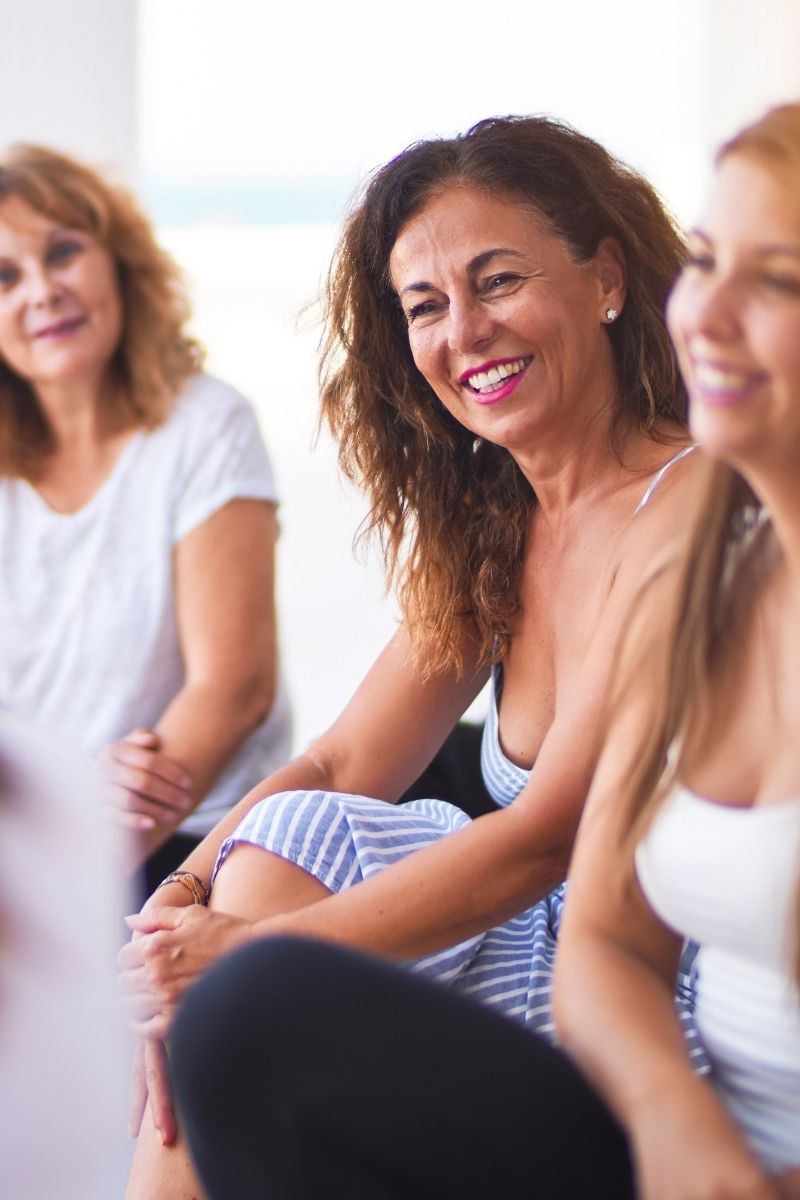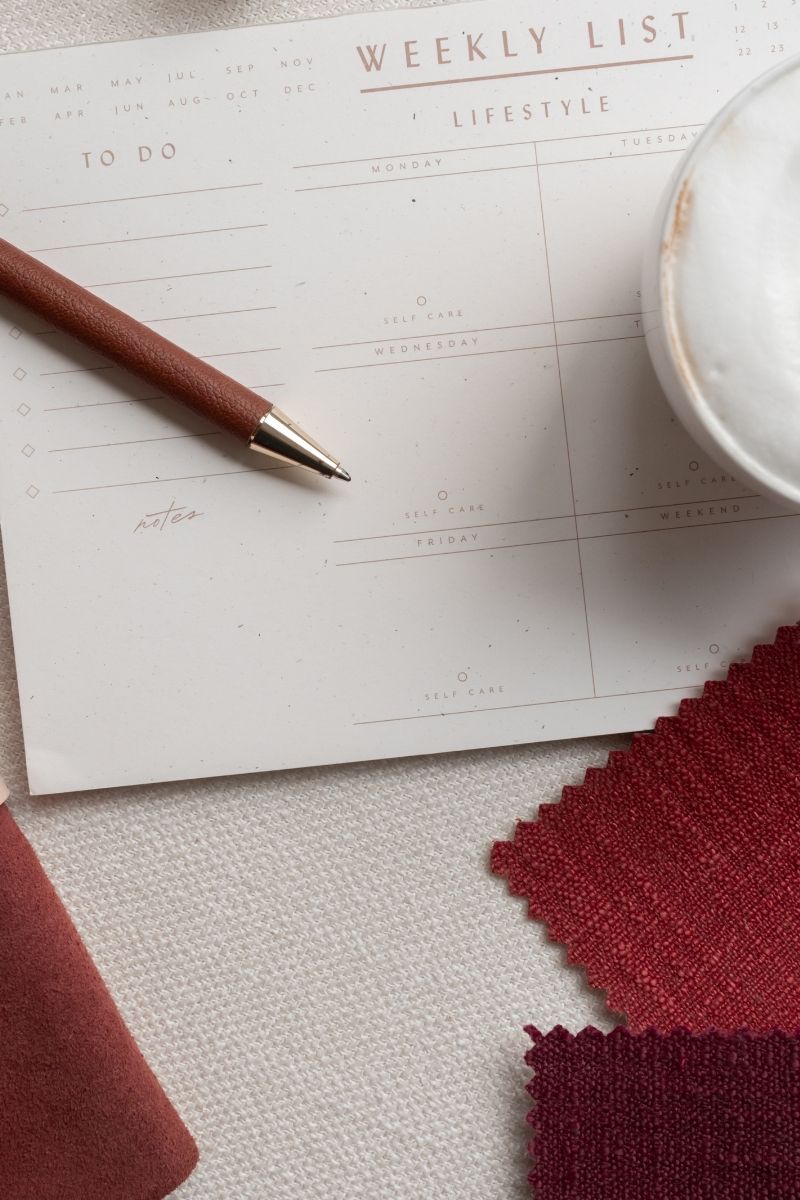 In my last post I talked about a few ideas to help you trim down for summer—and, more particularly—for swimsuit season. So, once you finally feel ready to brave the great outdoors in nothing but a few bits and pieces of fabric…you’re going to need to think about the sun.
In my last post I talked about a few ideas to help you trim down for summer—and, more particularly—for swimsuit season. So, once you finally feel ready to brave the great outdoors in nothing but a few bits and pieces of fabric…you’re going to need to think about the sun.
For some of you, there will be temptation to sneak into a tanning salon to get a little color in your skin before revealing those pasty limbs. I feel your anxiety on that. I have a Welsh mother and an English father. The British are not known for their golden coloring.
So…what’s the deal with indoor tanning? Is it okay? And…while we’re at it, maybe we should cover a few other issues surrounding the sun and your health. Like vitamin D. And sunscreen.
But let’s start by tackling the base tan/indoor tanning issue. Doesn’t getting a base tan protect your skin?
The base tan thing is a myth, sadly—there is no evidence it protects your skin. Basically, tanned skin is damaged skin. And the damage inflicted by UV rays accelerates skin aging, and increases your risks of skin cancer. The pigment you get in your skin with a base tan is estimated to translate to an SPF of approximately 2-3. That’s well below the recommended SPF 30. Basically, you might have bought yourself a little more time in the sun before burning, but it’s come at a cost. Better to use sunscreen.
And while we’re on it, what is the damage that’s caused by the sun, exactly? UV light causes age spots and hyperpigmentation, broken capillaries, and it damages the elastic tissue in our skin so tissues sag and wrinkle. Fact is, most skin aging, on your face and hands, is due to repeated sun exposure (and only a little bit due to actual aging). Prematurely aged skin? Not cute.
And then, of course, the sun causes precancerous skin lesions and skin cancer. Melanoma is the deadliest form of skin cancer, and it’s caused by UV exposure. It’s a form of skin cancer that is, unfortunately, on the rise. And it’s very preventable.
One way to start is to definitely avoid indoor tanning salons. The World Health Organization recently moved tanning beds to its highest-risk category for causing cancer (Group 1: Carcinogenic to Humans)—meaning it’s in the same category of carcinogen as cigarettes, arsenic, asbestos, and plutonium.
The thing about sun damage to your skin is it takes a long time to show up. But then you can’t go back in time and change your behaviour. And this is exactly why it’s important to educate kids and protect their skin.
There are lots of reasons to teach your kids about sun safety, and a few things you need to do. You gotta cover them up with sunscreen and a hat to protect them from getting a sunburn. Sunburns hurt! Obviously. I know you don’t want your poor munchkin to be in pain. Also? Just one blistering sunburn in childhood more than double’s a kid’s risk of someday developing skin cancer. The other reason for teaching kids about sun safety is that maybe, just maybe, future generations will relent on the tan obsession thing. It was that way once—pale used to be ideal. It was a sign of the “leisure class”. (I don’t know about you, but that sounds like a pretty good class to belong in.) Anyway, maybe one day the ideal will be “pale and interesting”, as they say.
Now what about vitamin D? Isn’t it true that we get vitamin D from the sun? Yes, that is the traditional way our bodies have made vitamin D. But, given the risks of unprotected sun exposure, it’s far better to get your vitamin D through food sources, or supplements. I’m a big fan of vitamin D, but it’s not worth the skin damage to get it from the sun.
Finally, let’s talk sunscreen. Here’s what you need to know: look for a “broad-spectrum” sunscreen that protects from both UVA rays and UVB. The Canadian Dermatology Association recommends a minimum SPF 30, and that’s what I recommend too. But—and this is key—make sure you’re applying enough sunscreen. Most people don’t. To adequately cover, head to toe, before heading to the beach, you need to use a full ounce (a shot glass full) of sunscreen. And you need to reapply every two hours, plus after swimming or exercising/sweating heavily.
Lying out in the sun feels good—it’s warming, relaxing, and gives that nice, healthy glow—but it’s anything but healthy, unfortunately. Get those good feelings from something else–a great book, a day at the spa, or some yoga perhaps?
|
Get the newsletter! If you enjoyed reading this post, why not sign up for Dr. Kim’s free newsletter? Get fresh health advice delivered directly to your email inbox (starting with Dr.Kim’s special report, Health Architecture: Blueprint for a Healthier Life). |






